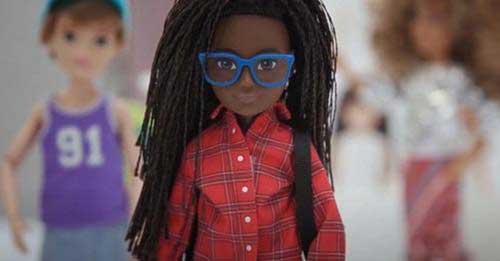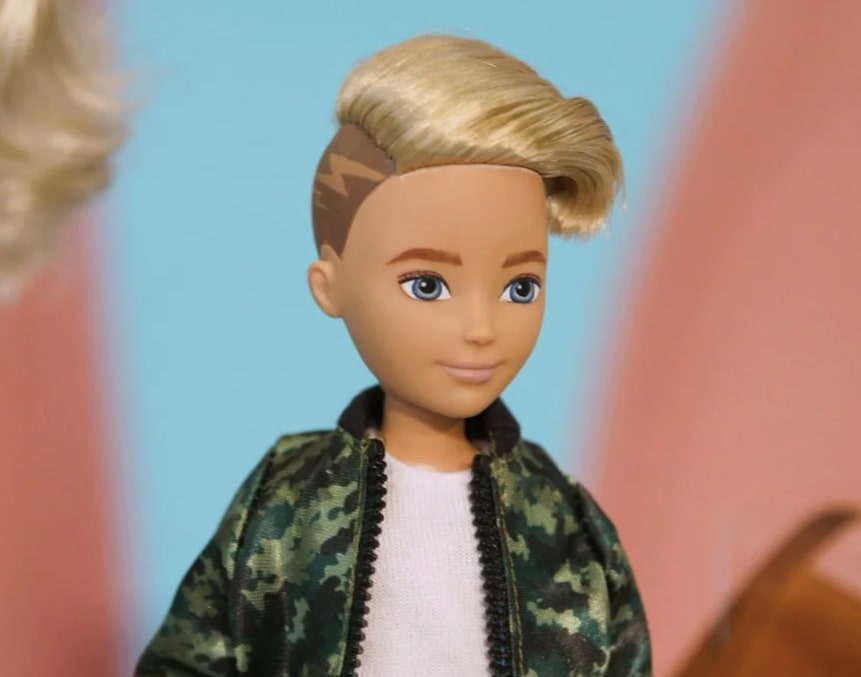Barbie is one of history’s most popular toys. Barbie has been known to practically every generation since its conception, with millions of pieces sold over the last several years. While other toys come and go, this doll has been at the top of its game for years. Part of that success may be attributed to the clever design of the Barbie toy. The marketing approach used to increase sales is also a factor in the company’s success. This narrative demonstrates how the corporation has reacted to societal developments.
Barbie was introduced to the globe in 1959 by the large toy company Mattel. Girls all throughout the globe enjoyed pretending with their bendy dolls, infinite outfits, gorgeous houses, and convertible automobiles.
Mattel has been able to keep Barbie relevant throughout the years by releasing several variants of their original doll. The firm began with the basic blond-haired, blue-eyed cliché and has now expanded its brand to encompass a variety of ethnicities, genders, eye colors, and hair colors. You can certainly discover a matching Barbie in the twenty-first century if you can envision a variety of traits.
Mattel has taken this a step further by introducing gender-neutral dolls. This collection has been named Creatable World and is considered a reaction to the rising need for greater gender-neutral acknowledgment in pop culture. These dolls enable youngsters to create their own Barbie doll. Gender standards and stereotypes are no longer strictly enforced. Barbie wants to do away with the gender stereotypes that its dolls may impose.
According to the company’s website, the universe of dolls is now as limitless as the individuals who use them. Mattel’s new Creatable World range is meant to “invite everyone in” while “keeping labels out.”
The Creatable World kit includes a variety of possibilities for creating a doll. There are short and long hairstyles, as well as many apparel, accessory, and shoe choices for both men and women. Furthermore, the doll lacks Ken’s wide shoulders and Barbie’s traditional curves.
Kim Clumore is the senior vice president of Mattel’s fashion doll design. She recently issued a statement in which she said that toys may be seen as a reflection of cultural values and attitudes. Mattel believed it was vital to develop a range of dolls devoid of labels since society is increasingly recognizing inclusion.






